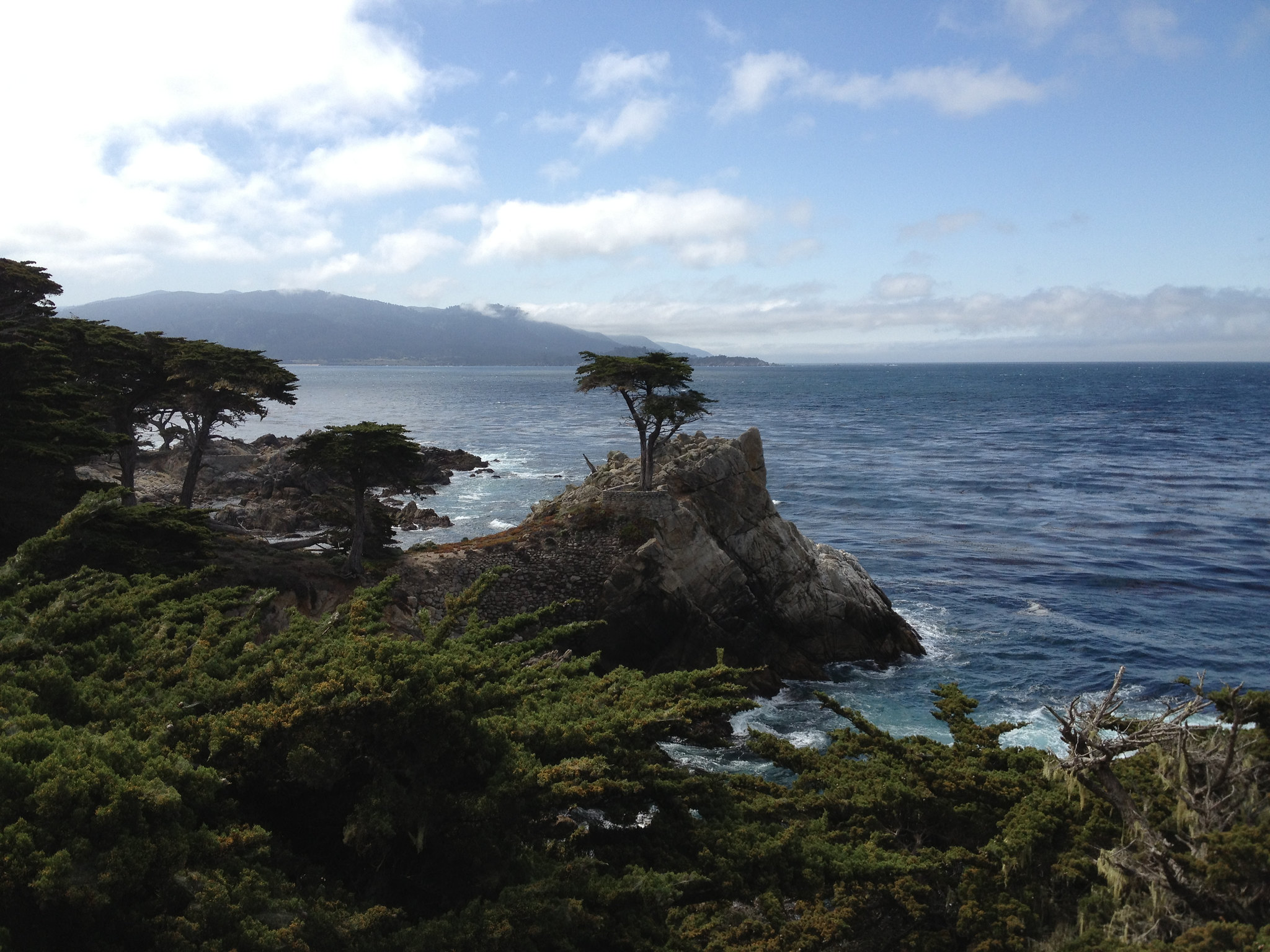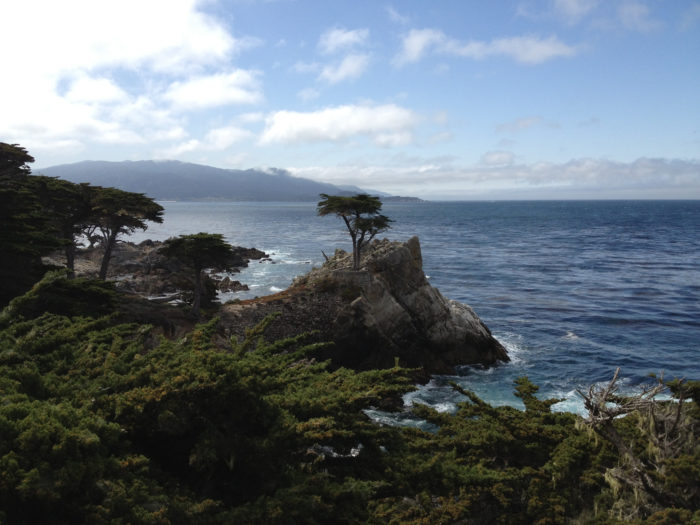
What are Marine Protected Areas?

Photo credit: Kate Thompson/NOAA
All of America’s national marine sanctuaries are marine protected areas but not all marine protected areas are national marine sanctuaries. Why is that?
Marine Protected Area or MPA is a broad term that includes a variety of conservation and management methods dedicated to preserving specific areas, habitats, or resources in the marine environment. Other countries may have other ideas as to what makes an MPA an MPA, but in the United States we define an MPA as “… any area of the marine environment that has been reserved by federal, state, territorial, tribal, or local laws or regulations to provide lasting protection for part or all of the natural and cultural resources therein.” This means federal programs like national marine sanctuaries, National Parks, National Wildlife Refuges, and marine national monuments are all MPAs, and so are state parks and reserves.
MPAs include a diverse range of habitats that include the open ocean, coastal waters, wetlands, estuaries, freshwater lakes, inter-tidal zones, and more. Given the wide range of places MPAs seek to protect and preserve, there is no “one size fits all” approach to the purposes, legal authorities, or levels of protection each government chooses to implement on behalf of their people. For example, some MPAs are set aside for research purposes and are otherwise restricted while others allow fishing and recreational activities within their boundaries. Most MPAs in the United States are considered “mixed-use” and allow for a variety of activities within their boundaries, including fishing, swimming, and SCUBA diving!
No matter how it’s done, the use of MPAs is an important, localized conservation strategy that can have great impacts on our global ocean. MPAs can serve as an insurance policy on species or other resources, conserving biological diversity, protecting habitats or species that provide us with ecosystem services, or dedicating resources to the preservation of cultural and historical relics. MPAs are also great ways to highlight the magic of our global ocean and give people from all over the opportunity to feel connected to and invested in their part of the world’s ocean no matter where they live, and offer numerous opportunities to learn about and get involved in marine conservation.
It’s hard to be everywhere at once and protect everything in the ocean, but MPAs are one way we can act locally to have an impact globally.
